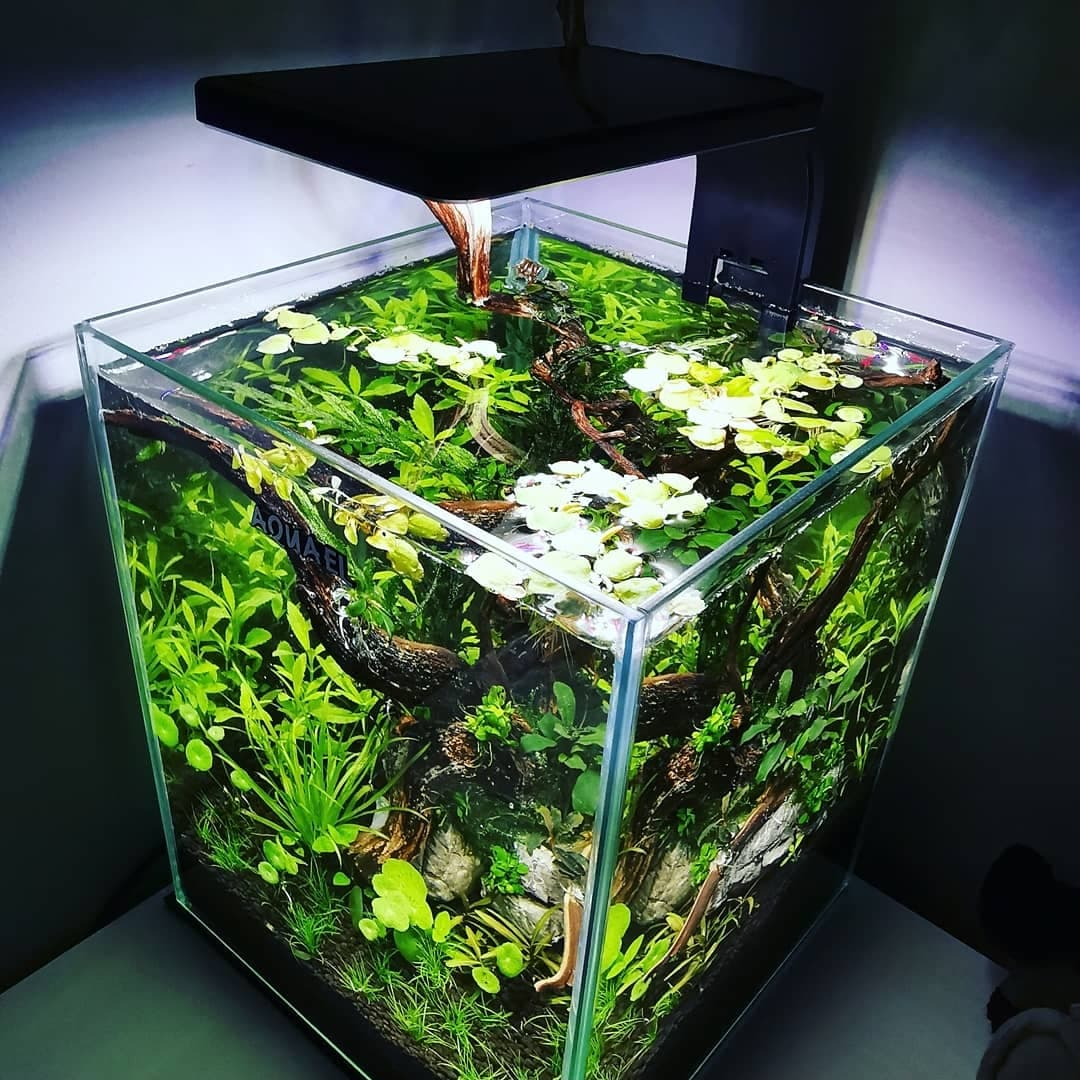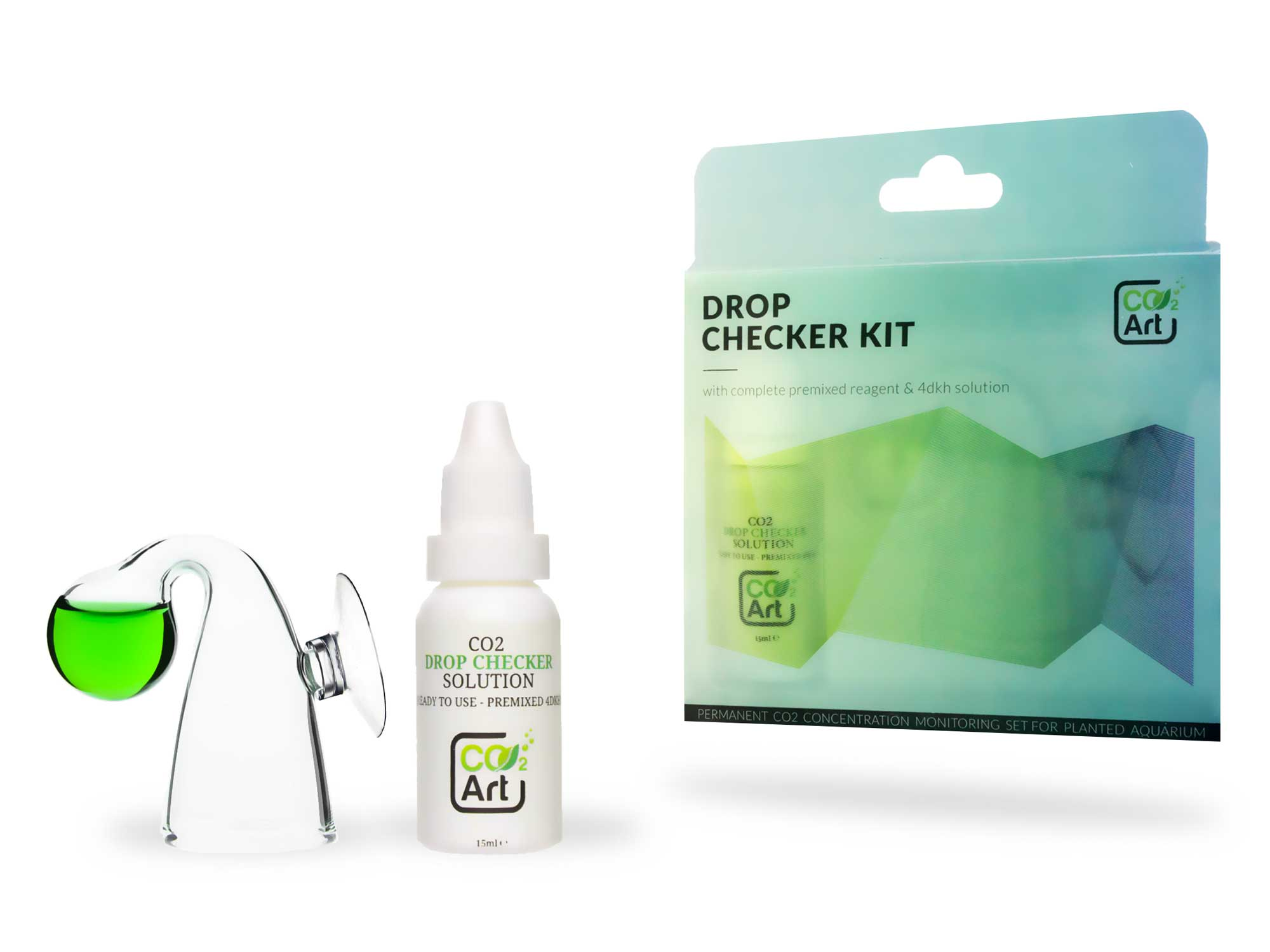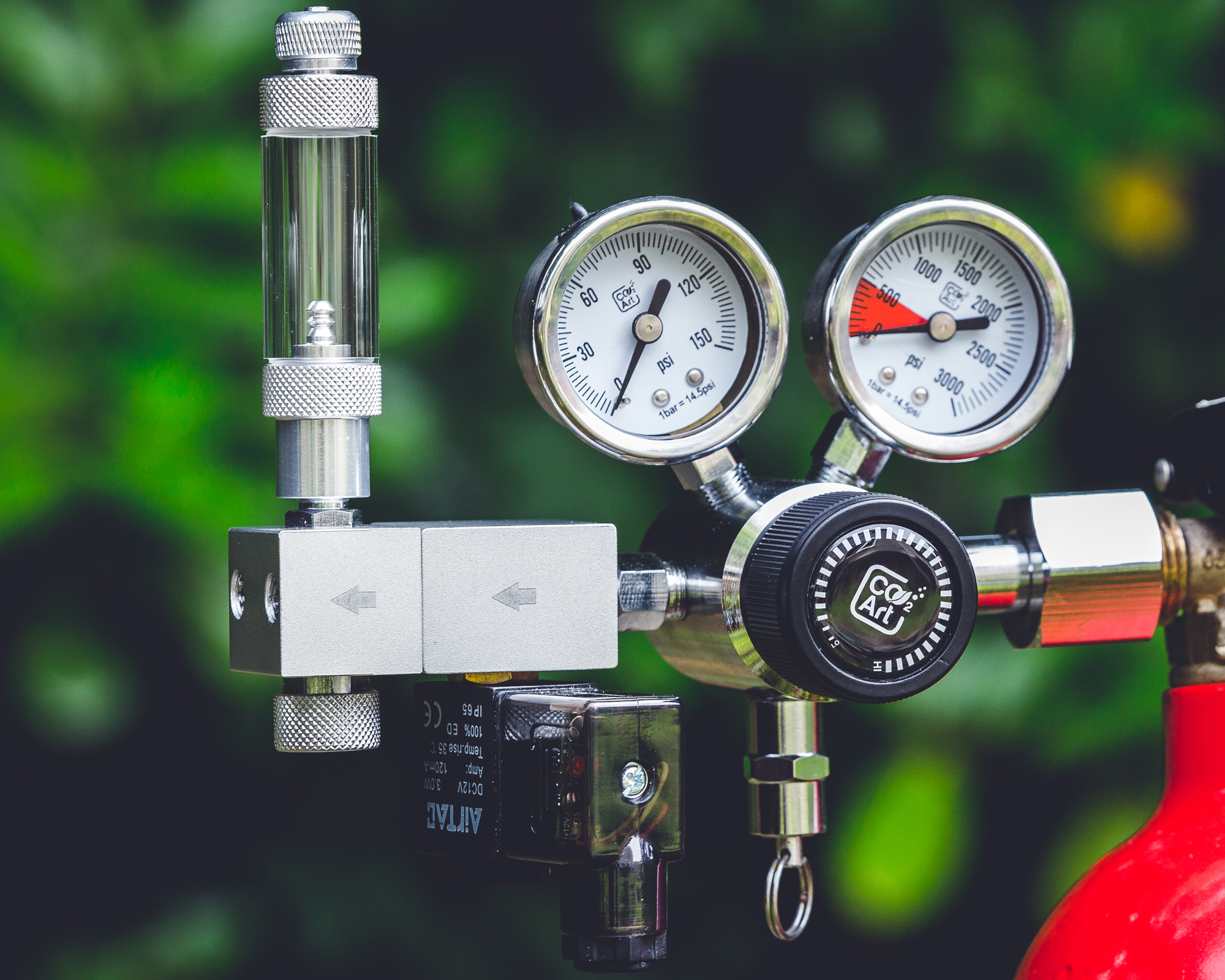Can I overdose CO2 in aquarium?
Introduction
A well-kept aquarium is a breathtaking sight, and a planted tank adds to the overall beauty and vitality of the underwater ecosystem. The harmonious balance within this ecosystem relies heavily on various elements, one of which is carbon dioxide (CO2). Though vital for plant growth, too much CO2 can tip this delicate balance, leading to some concerning outcomes. In this context, one question that hobbyists often ask is, "Can I overdose CO2 in an aquarium?"
Overdose CO2 in Aquarium
The term overdose CO2 in an aquarium may sound alarming, and rightfully so. Carbon dioxide is essential for the photosynthesis process in aquarium plants. Still, an excess of it can create an environment that is harmful to your fish and other aquatic life. Too much CO2 can lead to rapid changes in pH levels and can cause asphyxiation in fish. It is crucial to monitor your CO2 levels to ensure that you are providing a safe and healthy environment for all of your aquarium's inhabitants.

Carbon Dioxide and Water
To understand why it is possible to have too much CO2 in a planted tank, we must delve into the relationship between carbon dioxide and water. Carbon dioxide dissolves in water to form carbonic acid, which in turn affects the water's pH levels. While this process is generally beneficial for plant growth, an excess of carbon dioxide can lead to a significant drop in pH levels, making the water too acidic for fish and other aquatic life.
Does CO2 Dissolve in Water?
So, does CO2 dissolve in water? Absolutely. Carbon dioxide readily dissolves in water, which is why it is a common method for promoting plant growth in planted tanks. As CO2 dissolves, it provides the necessary carbon for photosynthesis, aiding the plants in growing and developing. However, maintaining the right balance is crucial, as too much CO2 will dissolve and negatively impact your tank's pH levels.

CO2 and Water Reaction
The relationship between CO2 and water reaction is a critical component of the carbon cycle in a planted tank. When carbon dioxide comes into contact with water (CO2 and H2O), it creates carbonic acid (H2CO3). This acid then dissociates into bicarbonate and hydrogen ions, contributing to the overall acidity of the water. The more CO2 is dissolved, the lower the pH becomes. Consequently, having too much CO2 can result in an overly acidic environment that is harmful to fish and other aquatic life.
How Much CO2 to Carbonate Water
As such, you may wonder, how much CO2 to carbonate water is appropriate for a planted tank? The exact amount varies depending on several factors, including the size of your tank, the number and type of plants, and the species of fish. Generally, a level of around 20-30 parts per million (ppm) is considered healthy for most freshwater planted tanks. To monitor this, many hobbyists use a drop checker, a device that measures CO2 levels and changes color to indicate whether the levels are safe, too low, or too high.
Planted Tank and Drop Checker
A drop checker is an essential tool for maintaining a healthy planted tank. As a direct visual indicator, a drop checker can assist you in ensuring you're not introducing too much CO2 into your tank's ecosystem. The device works by changing color in response to different CO2 levels: blue indicates too little, green is ideal, and yellow signals too much CO2.
Here is a great ARTICLEyou may also like about 7 Things You Need to know about Drop Checkers explaining the topic in detail.
Monitoring CO2 Levels
Monitoring your CO2 levels with a drop checker and adjusting accordingly is crucial to prevent the adverse effects of overdosing CO2. Too much CO2 can lead to a drastic drop in pH, creating an environment that's inhospitable for fish. Signs of CO2 overdose can include fish gasping at the water's surface, reduced activity, and in severe cases, even death.

What about the "end tank dump"?
One concern with using CO2 in your aquarium is the phenomenon known as "end tank dump". This situation occurs when the CO2 tank nears depletion. As the pressure in the tank drops, the regulator can struggle to maintain consistent output, resulting in a surge of CO2 being dumped into the aquarium. The sudden influx of CO2 can lead to an overdose, dramatically lowering the pH and causing serious harm to your aquatic inhabitants.
This is where dual-stage CO2 regulators come in. A dual-stage regulator controls the pressure in two steps: the first stage reduces the high pressure in the tank to a lower, more manageable pressure, while the second stage maintains a steady output pressure regardless of changes in the tank's pressure. This two-step process effectively eliminates the risk of end tank dump.

By investing in a dual-stage CO2 regulator, you ensure a more consistent and reliable supply of CO2, protecting your aquarium from harmful CO2 surges. Despite their higher upfront cost, dual-stage regulators can offer significant peace of mind and stability for your aquarium's ecosystem.
Conclusion
So, can you overdose CO2 in an aquarium? Yes, and the consequences of doing so can be harmful to your fish and overall aquatic environment. By understanding the relationship between carbon dioxide and water, and how CO2 dissolves and reacts in water, you can better manage your planted tank's health. The use of tools like a drop checker can provide immediate visual feedback, ensuring that your aquarium maintains the right balance for a thriving ecosystem. Happy aquascaping!



